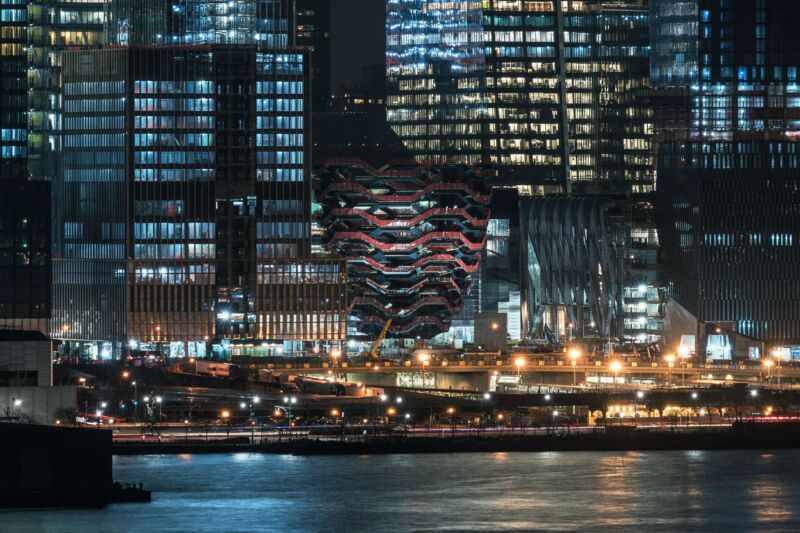
Enlarge (credit: Michael Lee | Getty Images)
Boston’s plans to harden its waterfront against the perils of climate change—storm surge, flooding, and sea-level rise—seem like an all-around win. The only way to keep a higher, more turbulent Atlantic out of South Boston and Charlestown is to build parks, bike paths, gardens, and landscaped berms with waterfront views. These are all things that make a greener, more walkable, more livable city. If this is adaptation to a warmer world, bring it on.
Except geographers and community activists are getting more and more worried about how cities choose which improvements to build and where. They’re noticing that when poorer neighborhoods get water-absorbing green space, storm-surge-proof seawalls, and elevated buildings, all of a sudden they aren’t so poor anymore. The people who lived there—who would’ve borne the brunt of whatever disasters a changing climate will bring—get pushed out in favor of new housing built to sell at or above market rates to people with enough money to buy not just safety but a beautiful new waterfront. In real estate lingo, “adaptations” are also “amenities,” and the pursuit of those amenities ends up displacing poor people and people of color. The phenomenon has a name: green gentrification.
No comments:
Post a Comment